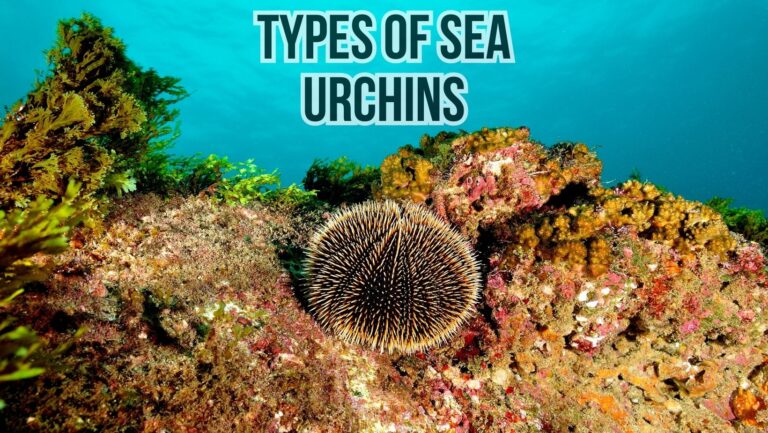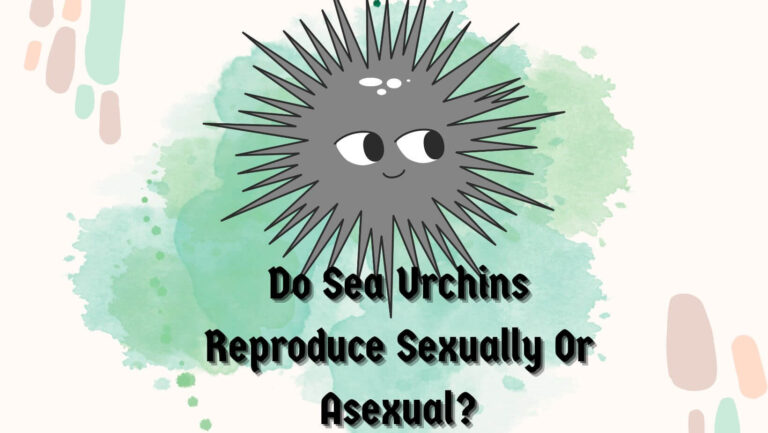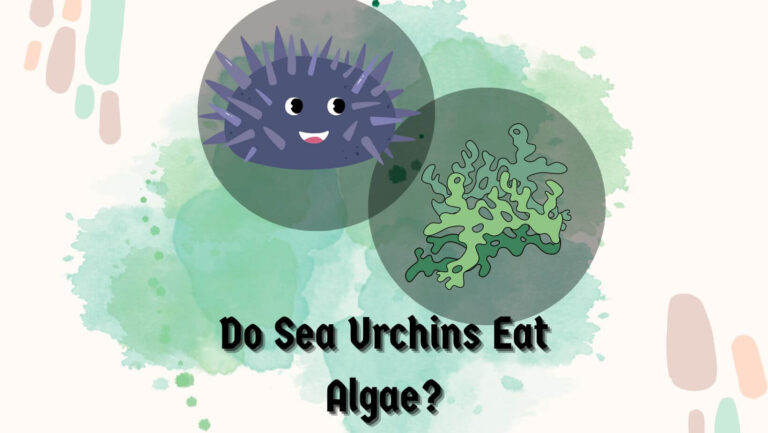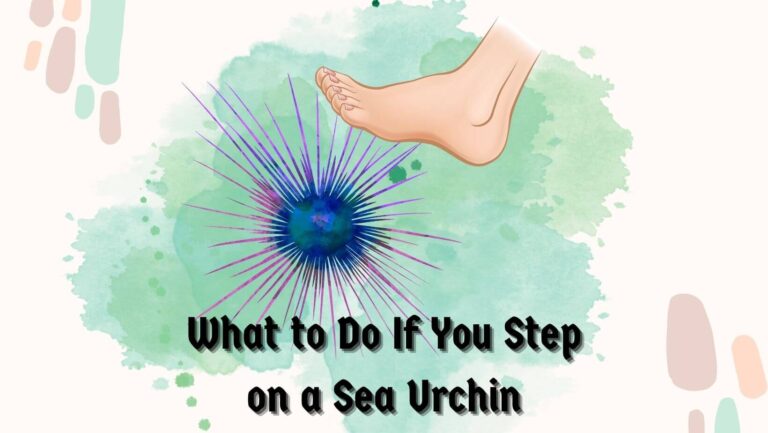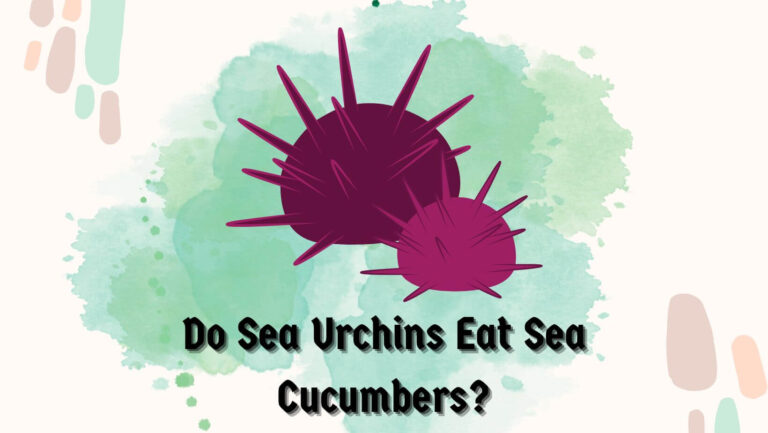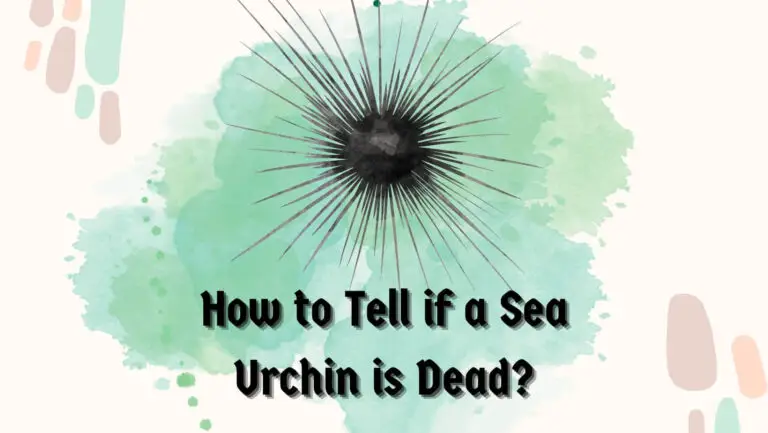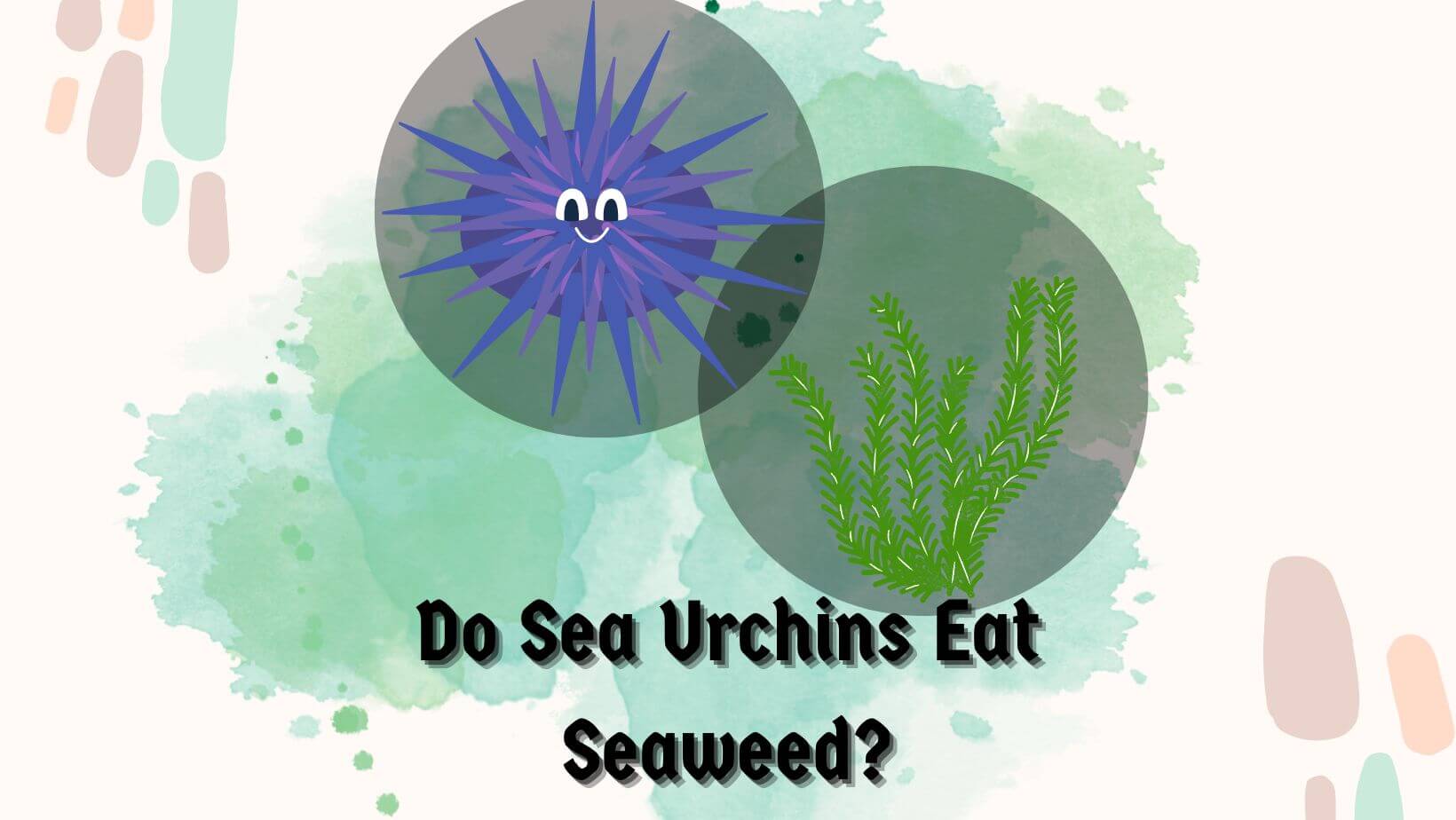
If you are wondering, ‘Do sea urchins eat seaweed, ‘ you are in the right article. Since sea urchins are fascinating creatures that are usually found in Marine ecosystems and play a crucial ecological role, understanding their feeding habits will provide you valuable insights as well as about the relationship between sea urchins and Seaweed while shedding light on whether sea urchins eat Seaweed or not.
In this article, we will also talk about the ecological implications of these interactions. But before all this, let’s talk about the answer to the first question: do sea urchins eat Seaweed
Table of Contents
Do Sea Urchins Eat Seaweed

Yes, sea urchins eat different types of seaweeds, including rockweed, sea lettuce, & kelp, depending on their availability & nutritional value. You should know that Seaweed forms a significant part of the sea urchin’s diet, providing essential nutrients like carbohydrates, proteins, & minerals for sea urchin growth & reproduction.
Sea urchins are grazers that actively feed on various types of marine vegetables and algae, including Seaweed. You should know that Seaweed plays a vital role in sea urchins’ feeding habits and provides essential nutrients for survival.
According to a study by Johnson and Mann, sea urchins demonstrated references for certain seaweed species based on their nutritional content. For instance, sea urchins like to feed on species rich in nitrogen, an important nutrient for their metabolism.
You should know that sea urchins have developed a specialized structure and feeding mechanism to consume Seaweed efficiently. They tend to have a complex set of mouthparts called Aristotle’s lantern, consisting of tooth-like structures to scrape and graze on algae found on Rocky shores & seabed.
You should also note that sea urchin’s tube feet play a crucial role in manipulating & maneuvering the Seaweed while feeding. Researchers at the University of California Santa Cruz researched to examine the feeding behavior of sea urchins.
They found some interesting facts and revealed that sea urchins utilize a combination of tube feet & mouthparts to grasp and scrap Seaweed effectively, extracting the nutrients from the food source. After knowing so many things about sea urchins eating seaweeds, let’s quickly look at the consequences.
Impact on Seaweed Communities
You should know that sea urchins can significantly influence Seawood abundance and distribution, particularly if their populations are high within any area. Even though sea urchins help regulate the population’s growth by grazing on them, an imbalanced sea urchin population can have adverse effects and lead to overgrazing.
We, humans, have also seen one notable example of sea urchins’ impact on seaweed communities. You can easily observe the notable impact of sea urchin overpopulation on the seaweed community in the Pacific Northwest.
The overabundance of purple sea urchin species that are known to feed on kelp forests has resulted in the decline of the ecosystem to a great extent. Therefore, we must also work towards managing the sea urchin population because this example demonstrates the importance of maintaining a balance.
Interactions between Sea Urchins & Seaweed-Associated Organisms

Algal Epiphytes & Sea Urchins
In the Marine ecosystem, sea urchins are known to interact with a variety of organisms associated with Seaweed, including algae epiphytes. If you don’t know what algal epiphytes are, then they’re nothing else than small algae that are usually attached to the surface of Seaweed.
You should know that their presence can affect Seaweed and sea urchins. Studies have proven that sea urchins feeding on Seaweed can inadvertently remove the algal epiphytes, altering the epiphyte’s communities’ structure.
This study highlights a complexion between the sea urchins, Seaweed, and the organism living in & on the Seaweed but also the importance of more studies on other creatures’ intriguing l behavior.
Sea Urchins & Seaweed Predators
While interacting with the seaweeds, sea urchins also interact with other predators that prey on Seaweed. How much Seaweed sea urchins consume depends on the predatory interaction between sea urchins and seaweed predators.
You should know that sea otters are popularly known to be a natural Predator of sea urchins, which play a crucial role in keeping the sea urchins population in check and consequently influencing the abundance of seaweed growth.
Do you know sea urchins are known to be ecosystem engineers because their feeding habits & interaction with Seaweed can also significantly shape Marine ecosystems? You should note that their grazing behavior helps maintain a balance within the seaweed communities by preventing the dominance of certain species & promoting biodiversity.
I have shared an in-depth article on the relationship between Sea otters annd sea urchins to check out. In that article, I answered ‘Do sea otters eat sea urchins‘ and shared interesting insights to help you understand the complex relationship between other living beings and Marine creatures.
Ecological Significance of Sea Urchins’ Diet
Sea urchin is important for a healthy Marine ecosystem. In addition, the presence of sea urchins also creates a microhabitat for other microorganisms by clearing space on the Rocky substrates.
This space provides opportunities for colonization and organisms and contributes to the overall diversity of the Marine ecosystem. Feeding habits and the diet of sea urchins have been implicated in Marine food webs.
You should know that the consumption of seaweeds also influences the availability of resources for other organisms, which can lead to cascading effects throughout the ecosystem.
You should know that a decrease in seaweed abundance due to the overgrazing of sea urchins can also affect the population of herbivorous fish. This, in turn, impacts the population of their Predators, disrupting the balance of the entire food web.
- More Helpful Posts
- Can You Hold a Sea Urchin?
- Is Sea Urchin Poisonous to Eat
- Are All Sea Urchins Edible
Conservation & Management Considerations
Balancing Sea Urchin Populations
So, we must take steps to a conservation and management consideration. It is important to maintain a balance in the sea urchin population which is crucial for the health of marine ecosystems.
You should know that an excessive sea urchin population can lead to overgrazing of kelp forests and destroying seaweed habitats, causing ecological imbalances. There are many types of strategies that we can employ to manage the sea urchin population as well as regulate the Marine ecosystem.
We can always target the removal of sea urchins from areas that experience overgrazing by harvesting them. Sea urchins are considered a delicacy in many countries and are exported in huge numbers.
Therefore faster harvesting in a particular area of sea urchins can help maintain the overpopulation of sea urchins. In some regions, efforts are being made to promote the consumption of sea urchins as a seafood delicacy, providing an economic incentive for their harvest and population control.
Protecting Seaweed Communities
After knowing how to keep the sea urchin population in check, let’s discuss protecting the seaweed community. Seaweed conservation is important for our Marine ecosystem’s overall health and biodiversity.
We must work towards protecting and restoring seaweed habitats to maintain a perfect ecological balance and ensure the availability of resources for numerous organisms. We should take measures like establishing Marine protected areas while promoting public awareness about the importance of seaweed conservation. Implementing fishing practices can also help us contribute to the preservation of these vital habitats.
Conclusion
So, as I told you, sea urchins play a crucial role in the Marine ecosystem, and their interaction with Seaweed has always been a fascinating subject of study for many. After knowing that sea urchins feed on Seaweed and help in many ways, you should also know that overpopulation of sea urchins can lead to overgrazing and cascading effects.
You should know that sea urchins’ feeding habits can influence the abundance of Seaweed, impacting the entire ecosystem. Therefore, we must take effective conservation and management strategies to protect these valuable Marine habitats where other living organisms thrive.
By understanding the dynamics between sea urchins, Seaweed, and associated organisms, we can try for effective conservation & management strategies. I hope I’ve given you all the information needed to know the question: do sea urchins eat Seaweed? If you find the article helpful, then consider sharing it.
Your share will help many people learn about the dynamics between sea urchins, Seaweed, and associated organisms required for effective conservation & management strategies to protect these valuable Marine habitats.
Do check our other helpful website on sea urchins shared on this website. Also, before you leave this article, consider reading ‘9 fun facts about sea urchins‘, which will give you valuable insights that most people don’t even know about. See you in the next post, till then, take care & goodbye.

